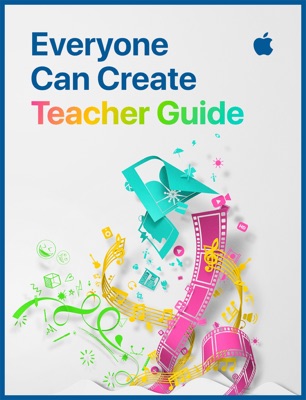The great Wynton Marsalis bring us jazz. He tells us about growing up in a musical family, his early struggles with practicing and his love of classical music. He discusses the trumpet and its history, and demonstrates how the trumpet is played.
In the history section he talks about the origins of jazz and its evolution. In the “Nuts and Bolts” section, Wynton discusses the blues, swing, the composition of the jazz band and the importance of improvisation. He also discusses jazz legends including Armstrong, Ellington, Davis and Coltrane.
Each section features live clips, music and a quiz game. This presentation is accompanied by an extensive glossary and a “Things to Think About” section for future exploration.


